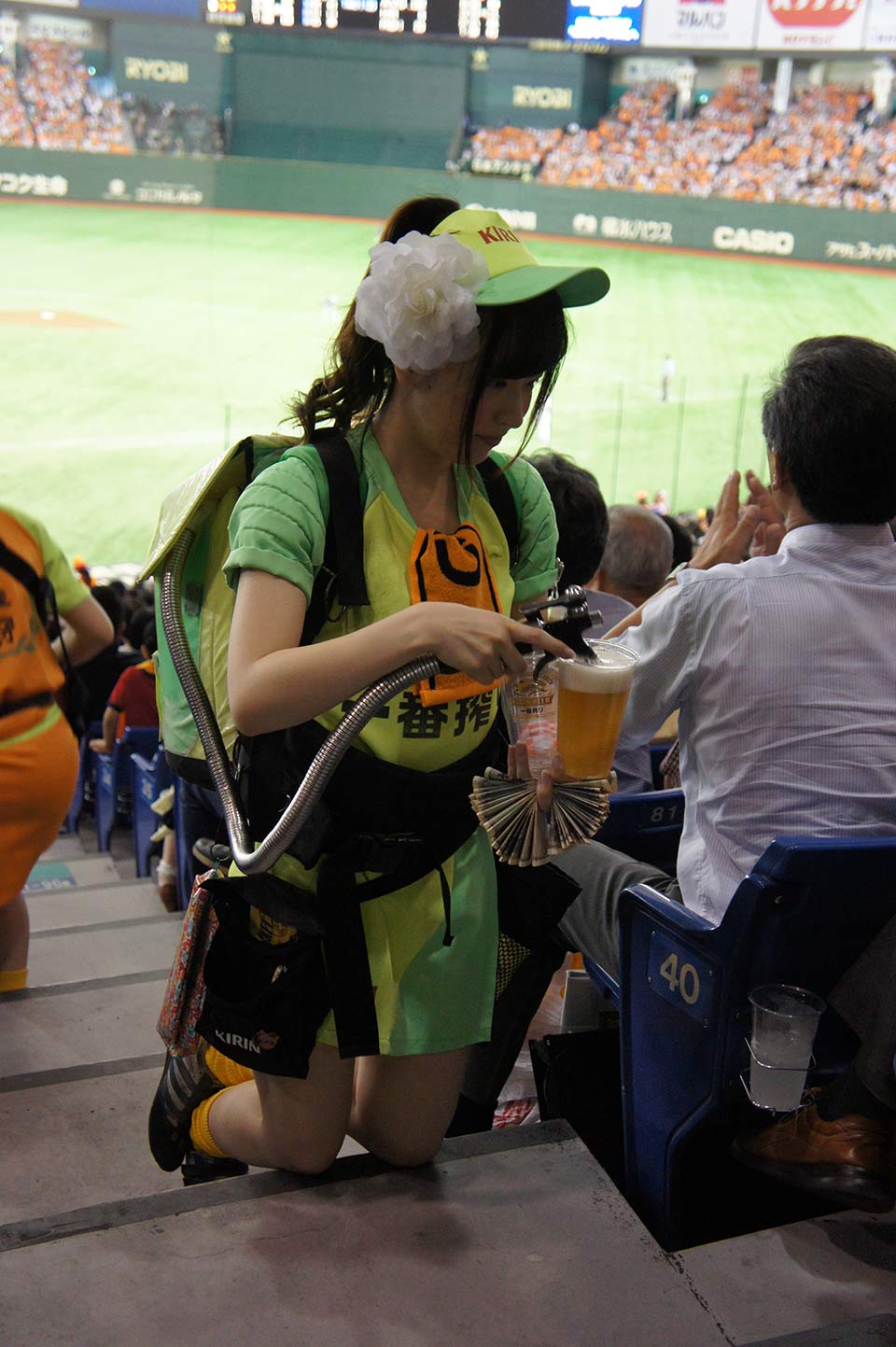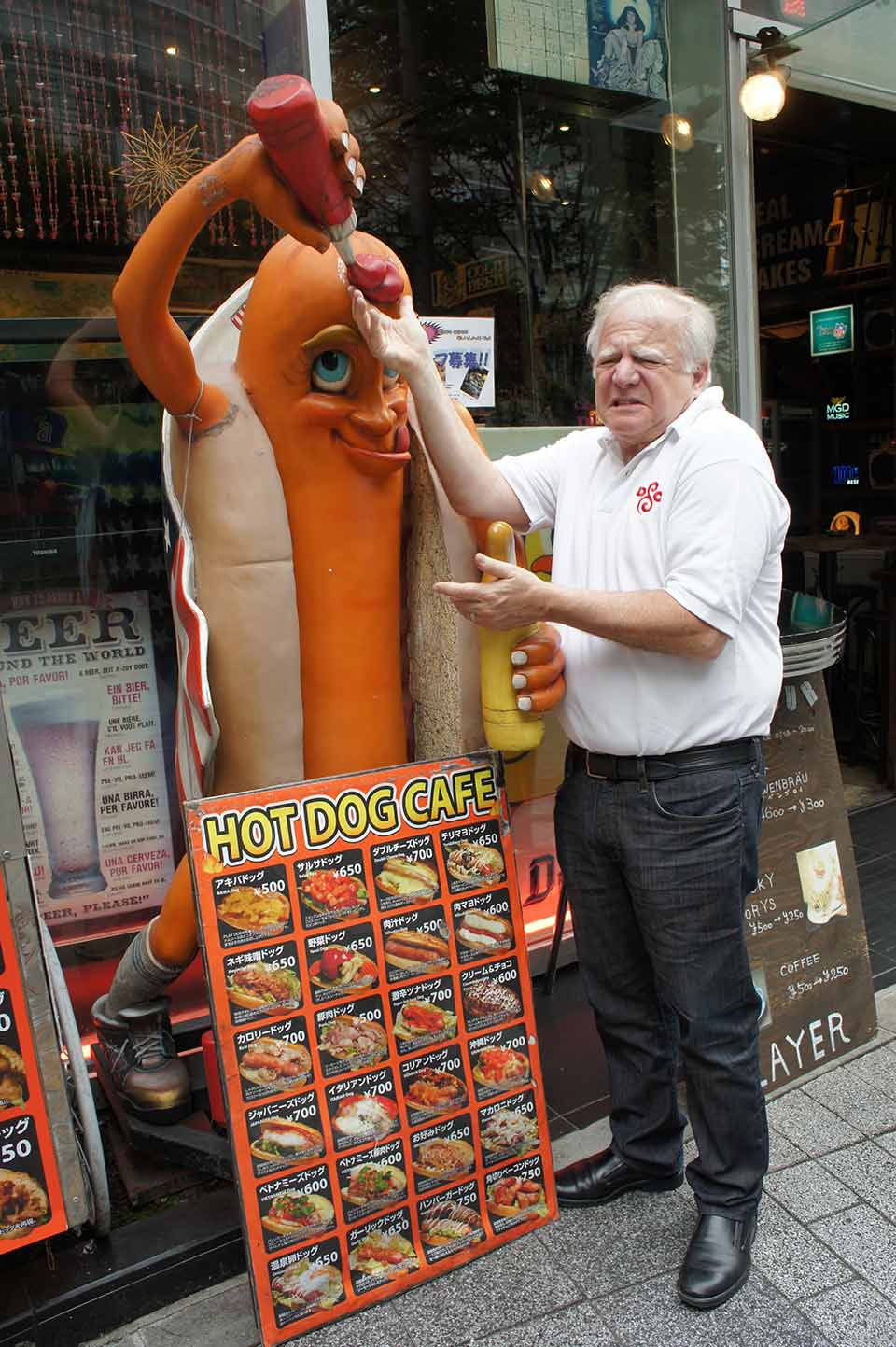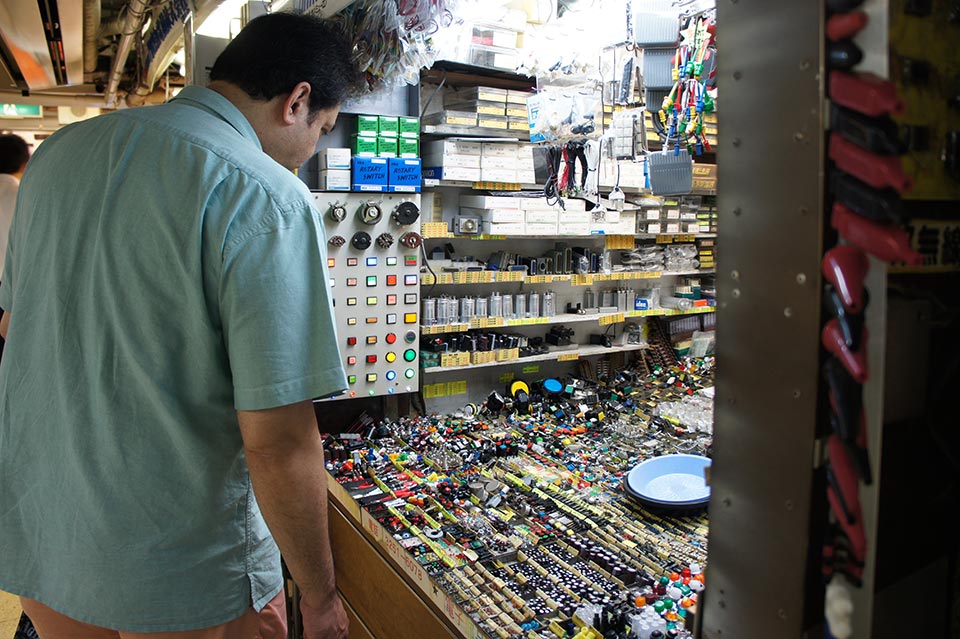It was a very rushed period in Lyon. We had a concert to perform as part of a jazz festival, followed by just one day of rehearsal for a two-week tour to Japan. The “Jazz at Vienne” is an annual event that plays around a bit with the jazz format. Here it is meant to include most music that falls outside of the classical and pop repertoire, which does not explain the presence of performers such as Jamie Cullum and a couple others.
Nonetheless, the Roman amphitheater, which seats, uncomfortably, around 10,000 people, was packed for our show. The ONL did an hour and a half set featuring the pianist Stefano Bollani. Although not so well-known in the States, he is a big draw in Europe, and I can understand why. Prodigious technique and exceptional improvisational skills are his hallmarks, and both were on display.
We began the all-Gershwin program with Rob Mathes’s wonderful Gershwiniana, a collection of songs arranged for orchestra. After this opener, Bollani came out for a solo piece in which he did a riff on Rob’s fantasy! Stefano only heard it prior to coming onstage, and it was simply stunning.
Next came the Rhapsody in Blue. I have done this with pianists in a number of different ways. Some play it straight, others mess around with the piano part throughout. Stefano did something I had never heard before. All the material with orchestra was played as written with just a few liberties, but the solo material was improvised. What made it different was that he kept to Gershwin’s metric scheme, and therefore the number of measures was exactly the same as usual, just with variations in harmony and some melodic twists. Imagine if pianists who play Beethoven No. 1, such as Glenn Gould did, ignored the cadenza by the composer and made up one of their own, but kept to the same length and overall scheme. It really did work.
By the time we had finished and Stefano had played a short encore, the presenter of the concert was waiting for me in the backstage area. He saw that the program book listed An American in Paris as the next piece, but he thought our part of the concert was only supposed to be one hour. After a quick discussion, he decided that we should play it anyway. I wasn’t quite as sure, since at the rehearsal in the afternoon, the sun had been pouring onto the stage and the musicians could not see the music. We never rehearsed the piece!
Still, we got through it, and the audience was carrying on enough for us to play Promenade, the short “Walking the Dog” piece. After an hour and a half, we finally ended, but it really was a very enjoyable experience. We will encounter Stefano again next season when he plays the Ravel G Major with us in Paris, provided there are no trains on strike this time.
Then it was off to Japan. Cindy and I arrived two days ahead of the orchestra, just to get our “oversea legs.” The highlight of this mini-vacation was going to a baseball game. I had not been to one in Tokyo since the ’80s and had forgotten that although the rules are the same, the strategy is different.
The first thing you notice is, of course, the cleanliness of the stadium. Female vendors go up and down the aisle and don’t yell at you when hawking beer. Each team has a cheering section composed of thousands of people. And in addition to a theme song, each player has his own chant, constantly in play during an at-bat.

The game is played much more conservatively, with the idea that one run is often the deciding factor, hence a great reliance on the bunt. They actually have hitters who specialize in this, and everyone in the place knows it. If a runner is on 2nd base with no one out and the score is tied, rather than have three opportunities to score, they try and bunt him to third. We saw six such attempts, and four of the batters struck out on a foul third strike. Only one was successful.

We also went to a Kabuki performance, something we try to do each visit. This time, as opposed to presenting three acts from three different plays, a full performance was given of one of them. Good thing they have headsets that provide commentary in English. Even the Japanese-speaking audience has these as the manner of speaking is hard to understand. It is a bit like opera in the States where the singing might be in English but supertitles still appear.
By the time the orchestra arrived, there were dire predictions of a typhoon headed to Japan. Okinawa was hardest hit, but since we started in the north, the first concert in Morioka was not affected. Almost all of our repertoire was French, with the lone exception being the Candide Overture,but since the story is by Voltaire, it sort of counts. The performance in Morioka would be the only concert that was not sold out, but that may have been due to the fact that we had no soloist. For the remainder, Ryu Goto was the violinist, and he is like a rock star there.
The Symphonie espagnole by Lalo is not quite as popular today as it was when I was young, but it still provides a virtuoso vehicle for the violinist. I remember the days when only four of the five movements were played, with the Habanera eliminated. Although pleasant enough, I wouldn’t mind if it was left out again.
But for this first concert, with Ryu not available, we played Ravel’s Mother Goose Suite and Boléro. Audiences continue to want the usual suspects regarding repertoire, and although it would have been nice to play something new, I guess we will have to wait until the next tour.
We performed one of our calling cards, the Fantastique, and as usual, the ONL played it as if they owned the work. For encores we played the short Intermezzo from Carmen followed by my Dad’s Carmen’s Hoedown. The audience ate it up.
Travelling around is fairly easy by Shinkansen, or bullet train. Comfortable, fast, reliable and not on strike, it always got us to the train station. The next two concerts were in Kawaguchi and Nagoya. For the latter, we changed second halves and played the Saint-Saens 3rd. The organ in Nagoya was excellent.
There was not much time for any sightseeing during this trip. On some days we would catch a train in the late morning, go right to the hall, have a short rehearsal followed by the concert in the afternoon, and then hop another train to get to the next destination. This was sad, as the first three cities on the trip were unfamiliar to me. But with five concerts in a row in different venues, it has to be remembered that we were not tourists here but rather doing our job.
We had a couple tough travel days, with morning trains, afternoon concerts and then either another train or a flight after that. But the audiences in Nagoya and Osaka were incredible. Now that almost every piece had been played, the rehearsal time each day was really nothing more than just a sound check, making sure that the organ blended well with the orchestra and that the violinist was comfortable with the sound onstage. We usually had to make sure that the placement of the off-stage bells in the Berlioz made them audible in not only the loud passages but the soft ones as well.
One had to give kudos to the offices of Masa Kajimoto for making everything run smoothly. Even with all the concerts and traveling, there were very few glitches along the way. By the time we got to the final two concerts in Tokyo, the entire repertoire was secure in every respect. We utilized the sound check at Suntory Hall to introduce one new piece that would be played at the final concert, Ravel’s G Major Piano Concerto. The soloist was Yu Kosuge, and she had a fine grasp on the work.
It was fairly clear that this next to last performance was important to the orchestra, so I made a little speech to them, thanking them for being so consistent and outstanding at each concert.
And indeed, this was one of the most memorable concerts that the ONL and I have ever done together. The Fantastique was just that. In particular, the English horn and timpani in the third movement was truly breathtaking. It is certainly possible that others have conducted this piece better than I, but I can honestly say that I have never heard an orchestra play it as well. Yet another sold-out house erupted, and we played two encores, with the audience yearning for more.
One thing that I learned on this trip is that seven performances in a row of the Symphonie espagnole, no matter who is playing, is simply two or three too many. I do enjoy the work, but after a while it gets on one’s nerves. The Bruch G minor never looked better to me. However, Ryu Goto grew with each performance. By the time we hit Tokyo, he was taking chances and keeping us on our toes.
As for Carmen’s Hoedown, I eventually realized that the audience had no idea what that title meant, so all of a sudden the piece became “Carmen goes to Hollywood.”
There was precious little time for sightseeing, but we did get a day off to hit some great gadget-shopping areas. There was also a reception at the French Embassy on Bastille Day. In the future, I will avoid this if I learn that 1,400 people will be attending. Most of them just ate and drank while some of us gave speeches and a few musicians tried in vain to perform. But the gesture of being invited was appreciated.
And then there was this guy in a restaurant where we had lunch. I wonder who makes his hats?
We did have a day to head to two of my favorite areas in Tokyo. First up was Kappabashi, the streets where all the restaurateurs go to get their wares for the kitchen. This is usually off the beaten track, but I highly recommend it, even if you are on a diet.
And why not? This is where they sell the plastic food that you find in each restaurant window.
Next stop was Akihabara, the electronics showplace of the world. Every imaginable gadget is on display, and one gets a glimpse of what will be available for every techno-geek in the coming months.
Wait until you see the 85-inch 4S definition screens for your home theaters. There are also little side streets that sell items that I am sure I will never figure out what they do. How they stay in business is beyond me, but apparently there is still a market for radio tubes, transistors and the like.
The final concert was also in Tokyo but at the Metropolitan Art Space, with the auditorium on the 7th floor of the building. In some ways, this was my favorite hall on the trip, although each had very positive qualities. Last concerts are always emotional, and the toasts, other thanks, and in some cases goodbyes were truly heartfelt. Cindy and I were sad to leave all of the friends we had made over the past two weeks.
Now it is off to five different farewells in the States. All will be emotional, but I do look forward to summers as being more relaxed and an opportunity to recharge depleted batteries.
***
This month’s recording pick takes us back to the world of jazz piano. I suspect those of you reading this all know the name and even some of the performances by the legendary blind pianist Art Tatum. He was a regular visitor in our home when I was a child. Hard to believe that he, along with so many others, played on the very piano that sits in our living room today.
Most of his recordings are taken from studio sessions, whether solo or trio. But what I am suggesting for you is something a bit different. One of the heads of the Warner Brothers music department was Ray Heindorf. Not only was he a gifted conductor, but he also had a somewhat elaborate studio set up in his home.
On a couple of occasions, he had Tatum come over and simply turned on the recording equipment. The results were several of the most astonishing performances ever captured by this incredible talent. All the cascades of notes are there, the incredible left hand facility and, of course, his sense of humor. But these recordings go beyond even the very best of his commercial output, and I recommend that all of you search out the following:
Art Tatum: 20th Century Piano Genius. This two disc-set is on the Verve label.
If you listen very closely to the banter between songs, you can hear my dad echoing everyone’s approval.
See you next month,
Leonard


